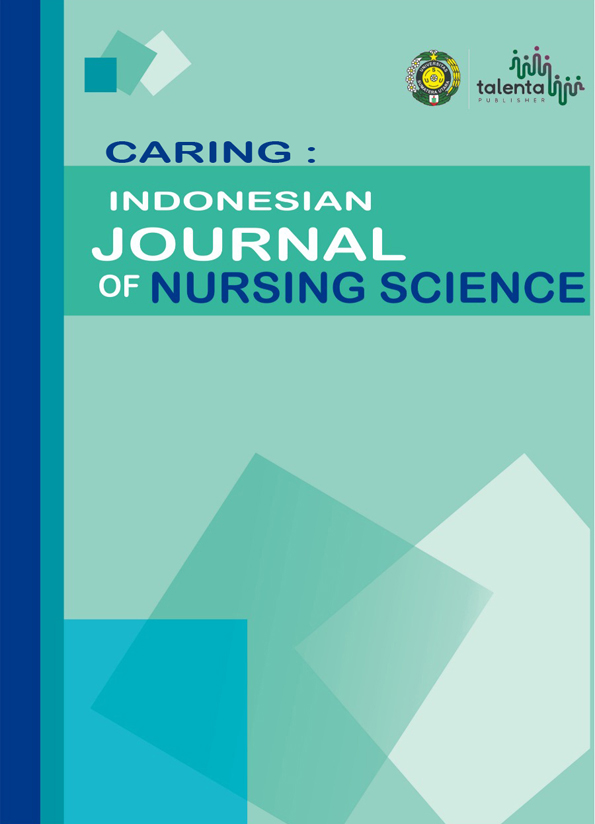Cesarean Delivery and Respiratory Distress Syndrome in Late Preterm Infants
DOI:
https://doi.org/10.32734/ijns.v2i2.4969Keywords:
respiratory distress syndrome; cesarean delivery; late preterm; risk factorAbstract
Cesarean sections (C-sections) associated with an increased risk of atopic disorders in infants. Late preterm infants born by C-sections tend to have more breathing problems especially Respiratory distress syndrome (RDS). RDS is one of the most common causes of respiratory morbidity and mortality in late preterm infants. Respiratory Distress Syndrome is one of the main causes of respiratory failure and neonatal death in premature infants and is caused by a lack of pulmonary surfactant due to fetal lung immaturity. The objectives of this research are to analyze the relationship between cesarean delivery and respiratory distress syndrome in late preterm infants. This type of research uses a type of quantitative research. The study design is a retrospective cohort study with a study cross-sectional approach. The sample in this study were 155 late preterm infants. This research was conducted in January-April 2019 in the Prof. DR. Margono Soekarjo Purwokerto. The analysis used univariate and bivariate analysis using The Chi-square test. The results of this study showed there is a significant relationship between C-sections and respiratory distress syndrome from p-value of 0.013 (> 0.05). Based on the results of this study, nurses are expected to recognize that C-sections delivery one of the risk factors of RDS in late preterm infants.
Â








